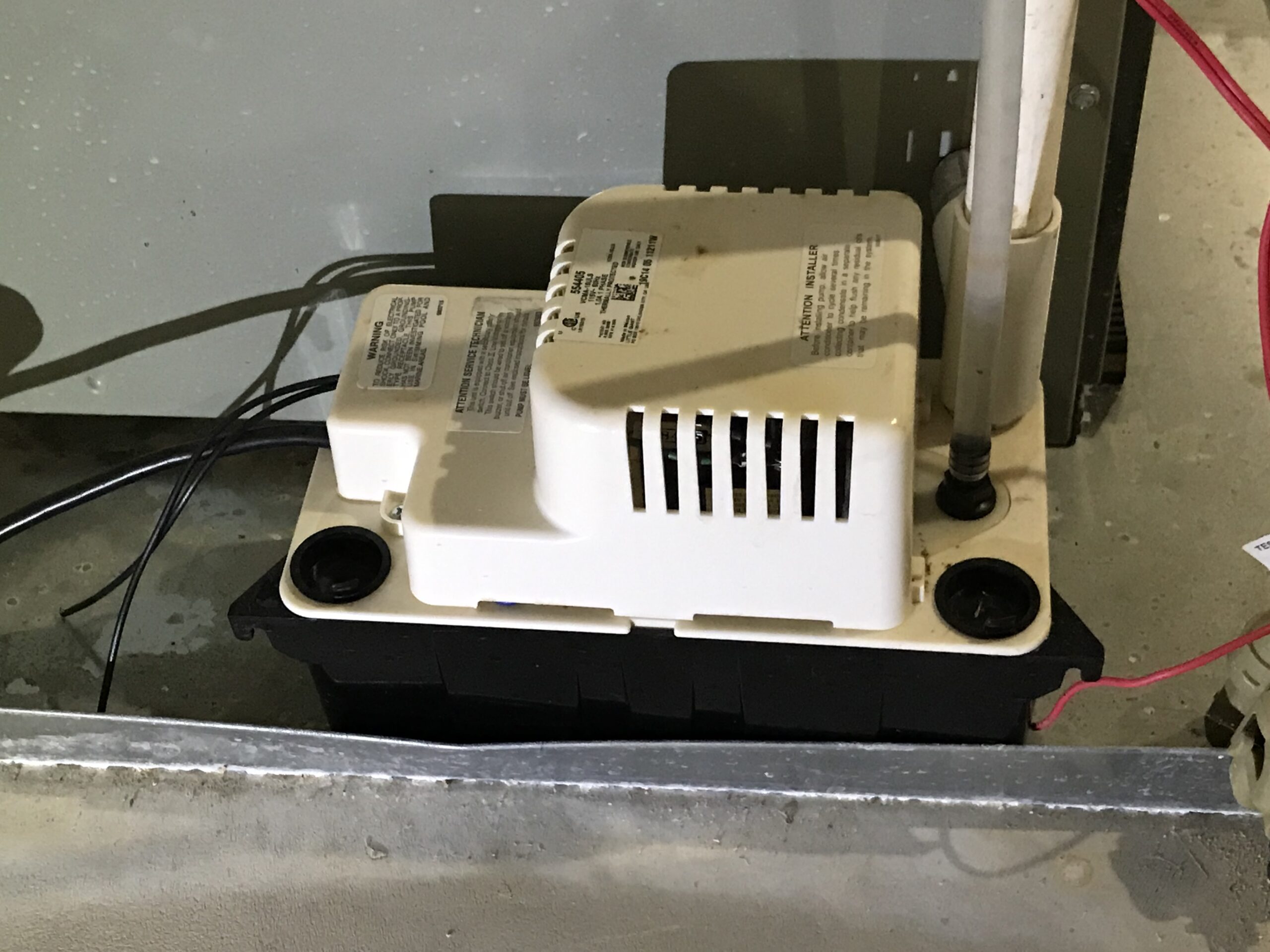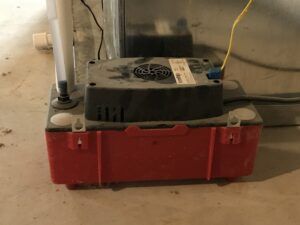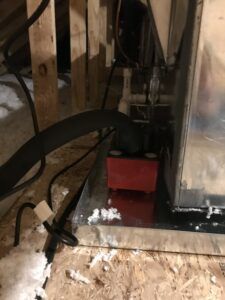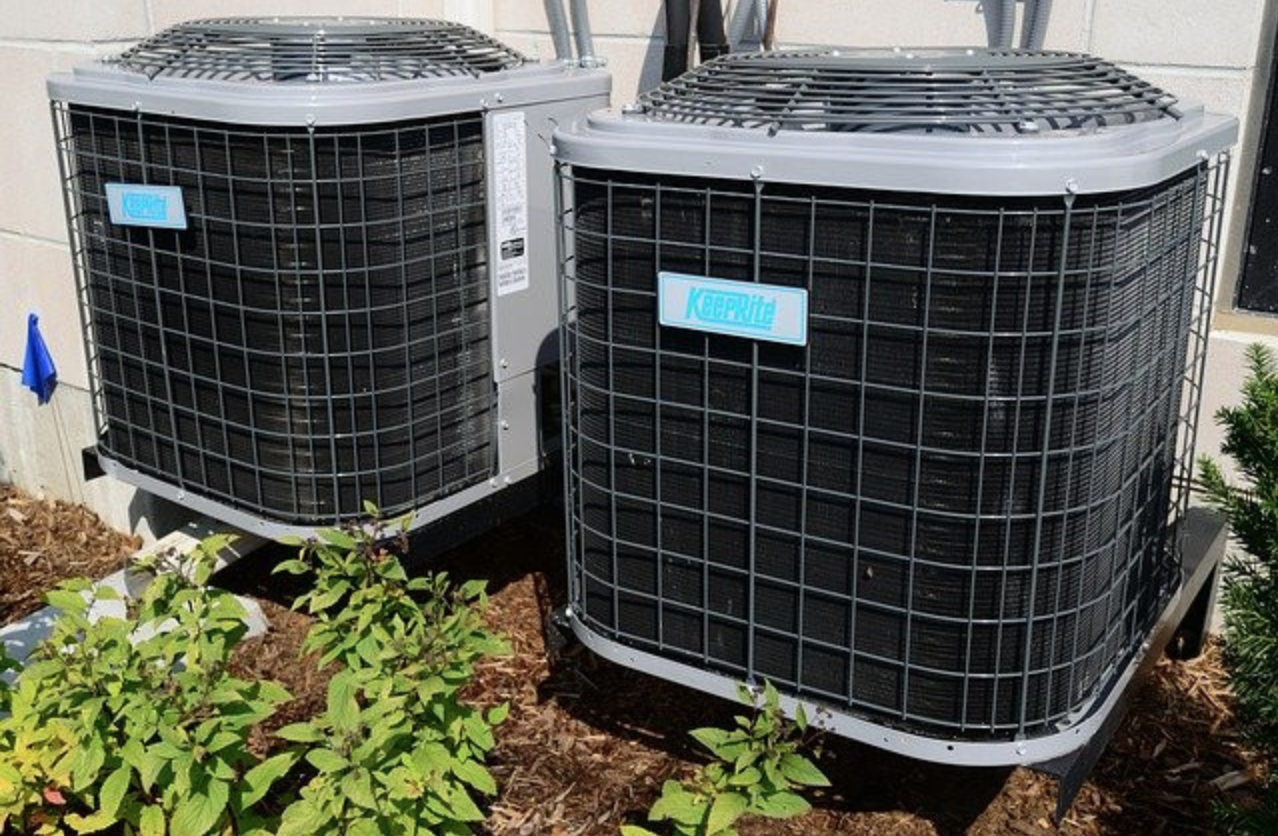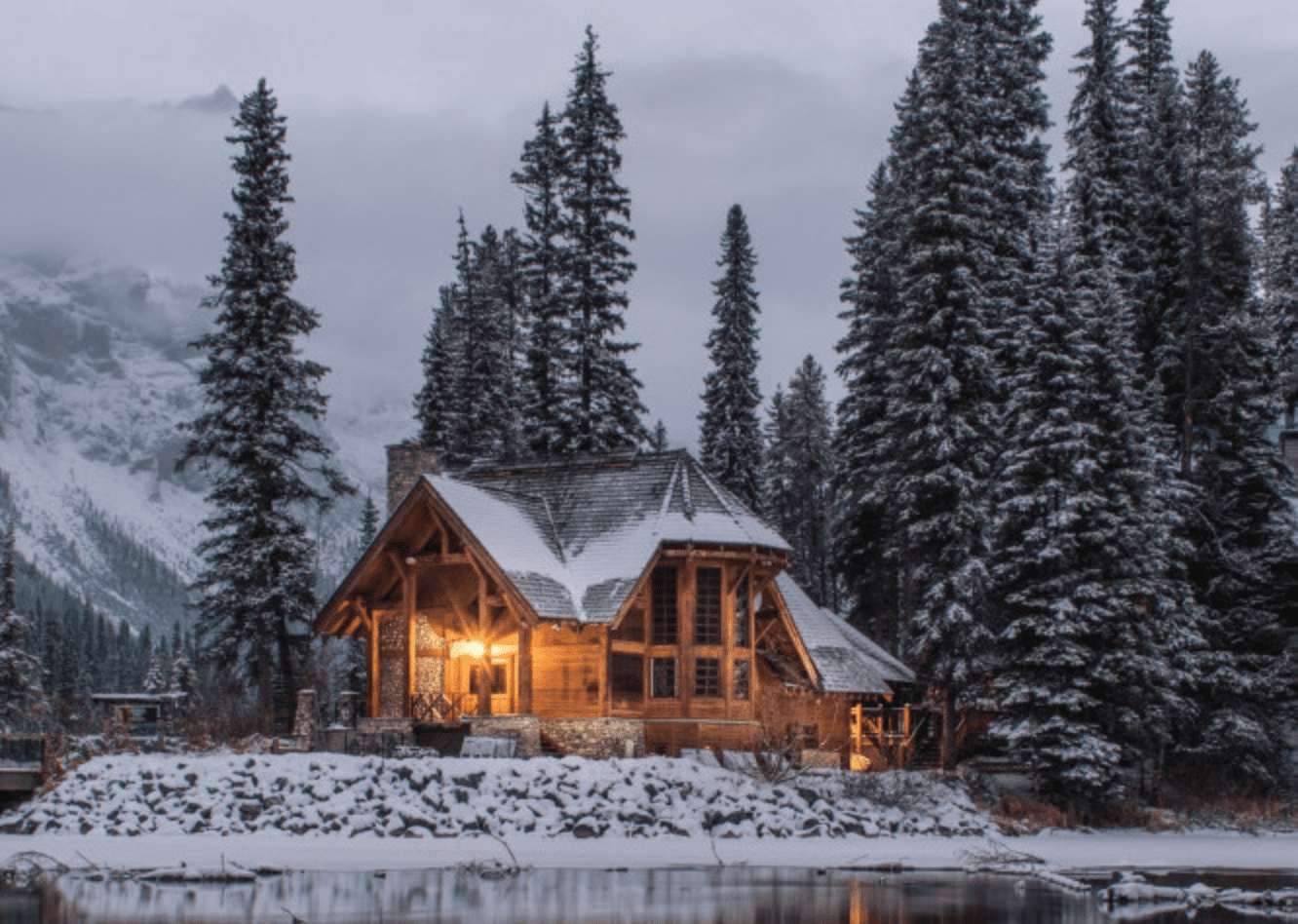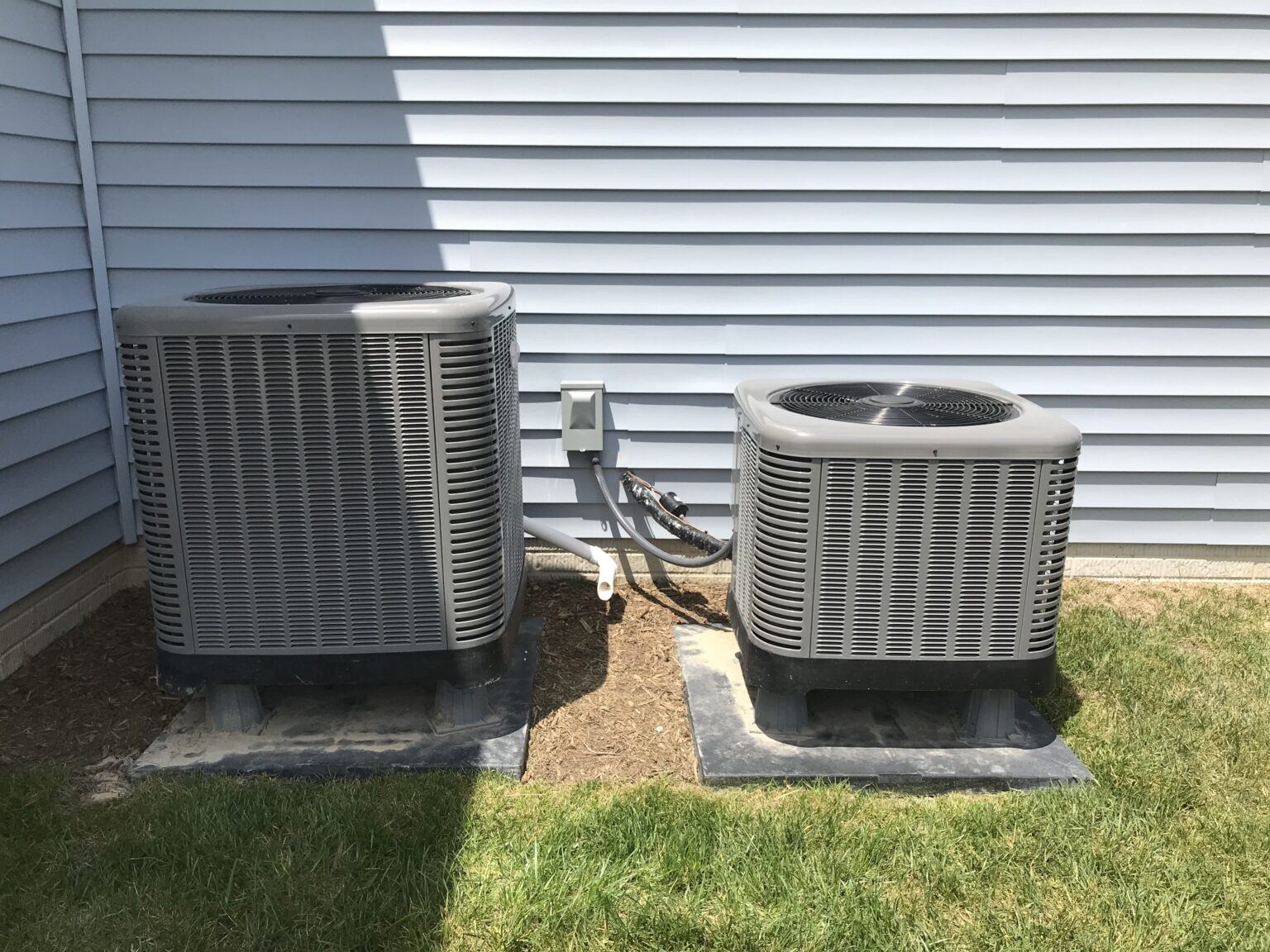As you may know, my wife and I have recently built a new house in Lewes, Delaware. Little by little, I am learning as much as I can to make sure we can maintain our home in the best possible condition.
I recently learned about the difference between a heat pump and a furnace and how to maintain a sump pump. Eventually, I will also need to learn about the water well pump and the septic tank pump.
And just when I thought I had identified all the “pumps” in my house, I learned that we also have two condensate pumps.
Really? How many pumps could you possibly have in a house?
I heard about the condensate pumps the hard way. Even though we are not yet living in the house, I noticed that the AC wasn’t working. It turned out that we had a problem with the condensate pump on our attic.
But wait! It is a brand new home. How is this possible?
If you suspect that your condensate pump is not working correctly, the problem may be due to a malfunction of the pump itself, or there may be something wrong with the condensate drainage system.
It is time for me to understand everything I can about condensate pumps.
How Do Condensate Pumps Work?
These are the key functions of condensate pumps:
- Air conditioning units create water as part of their operation.
- This water needs to be removed. When practical, this is done sometimes by gravity through a floor drain.
- When draining though gravity is not possible, condensate pumps are used.
- Throughout the day, water gets into the condensate pump basin. As the water level builds up, it triggers the float switch.
- The motor then pumps the water up through the discharge tube.
- When the water level falls, the float switch frees and shuts off the pump.
- Most modern models include a safety switch, which will shut the air conditioning unit off if the water level gets too high.
The video below does a very good job going over the basic functions of a condensate pump, condensate pump wiring, float operation & how the safety switch on a condensate pump is typically connected to a furnace or air conditioning system.
Do You Have One or Two Condensate Pumps in Your House?
If you have a two-story house, you may have two condensate pumps—one in the basement and one in the attic.
We are currently renting a two-story house, which doesn’t have a condensate pump in the attic. But the house we built in Lewes has a pump in the basement and another in the attic.
I don’t know why one house has it, and the other one doesn’t. Some experts believe that a condensate pump in the attic is a waste of resources. You can get the water down through gravity, which is how it’s done in the house we are renting now.

Condensate pump in our basement 
Condensate pump in our attic
What Was the Problem With Our Condensate Pump?
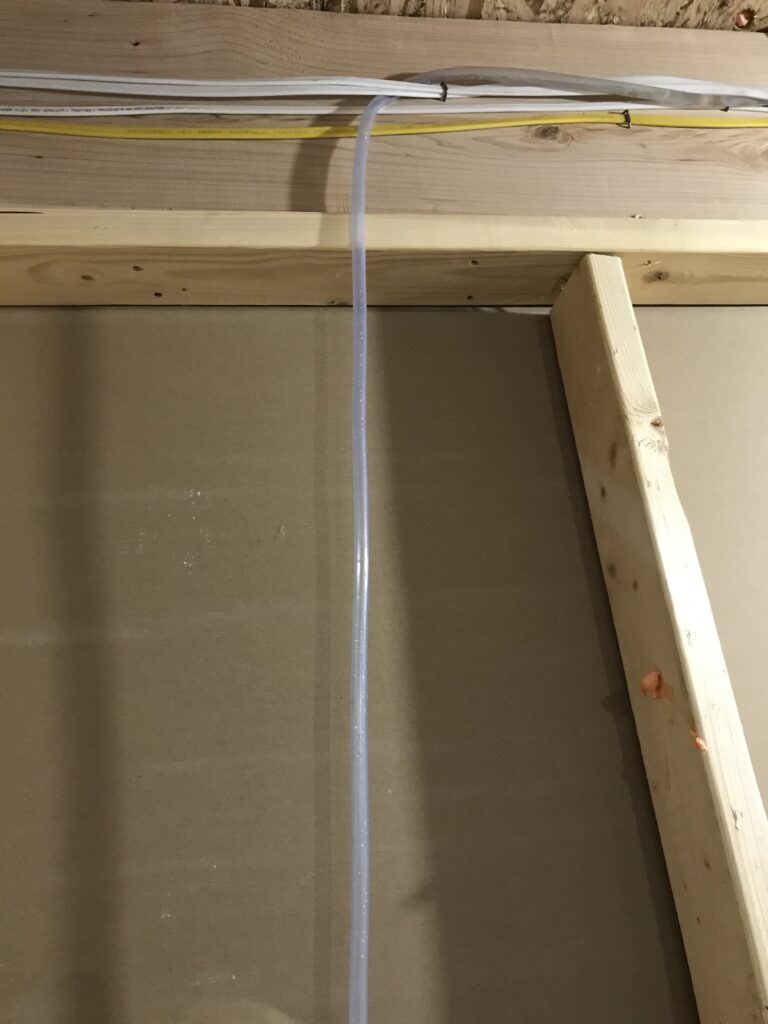
As I mentioned in the introduction, I noticed that the AC wasn’t working on the second floor. We still not even living in the house, so it was frustrating to have a problem already. I called the HVAC subcontractors and set up an appointment.
What was the problem?
It wasn’t the pump itself that had a problem. The pump safety switch shut the air conditioning unit because the water level of the basin was too high.
The culprit was the condensate pump discharge tube, which had a stoppage somewhere.
The contractors thought it was too hard to troubleshoot because the tube went through the inside wall towards the sump pump in the basement. The chose to run a different run through another interior drain.
An Additional Problem with our HVAC System

I wrote this post on June 18th, 2020, and I thought we finally fixed our HVAC system problems.
I was wrong.
We still haven’t moved to the new house, and on July 9th, my wife went to the house and called me and let me know that the air conditioning upstairs wasn’t working.
I couldn’t believe it.
Here I was, setting a third appointment with the HVAC company, who installed the unit.
This time it wasn’t due to the condensate pump. The air handler in the attic produced too much condensation making the secondary drain pan full of water.
Thankfully the overflow shut-off switch on the secondary drain pan worked as expected and shut off the air conditioning.
Unfortunately, according to the HVAC guy, the air handler was not centered on the secondary drain pan. Some of the water leaked and went on the ceiling of my soon to be the office.
How is it possible to make this rooky mistake when it was installed is hard to believe. But why it was missed again after two visits is beyond my comprehension.
The HVAC guy added additional refrigerant to the heat pump because the extreme condensation that filled the secondary drain pan should not have happened. The secondary drain pan is an emergency piece.
Anyhow, I am redirecting my anger towards a learning opportunity to know what else can go wrong with the condensate pump.
Condensate Pump Troubleshooting
This video from AMRE Supply, explains how to troubleshoot most issues you may have with condensate pumps. The video also goes over the basics of how condensate pumps work and explains how to install and connect a new pump.
If you see evidence of water leaking, this more than likely means the pump has stopped working. These are some potential reasons:
If the pump motor runs correctly but the basin overflows, the pump may be plugged internally or the check valve might be plugged.
If the motor doesn’t run, the two likely reasons are that the motor might be burnt out or the float switch might be stuck.
Don’t spend too much time troubleshooting. Condensate pumps cost around $50. In a lot of cases its best to replace the pump.
Related Posts:
